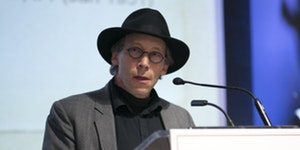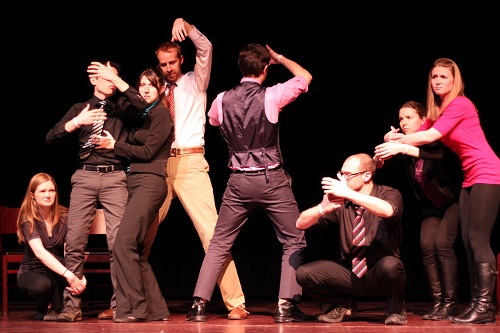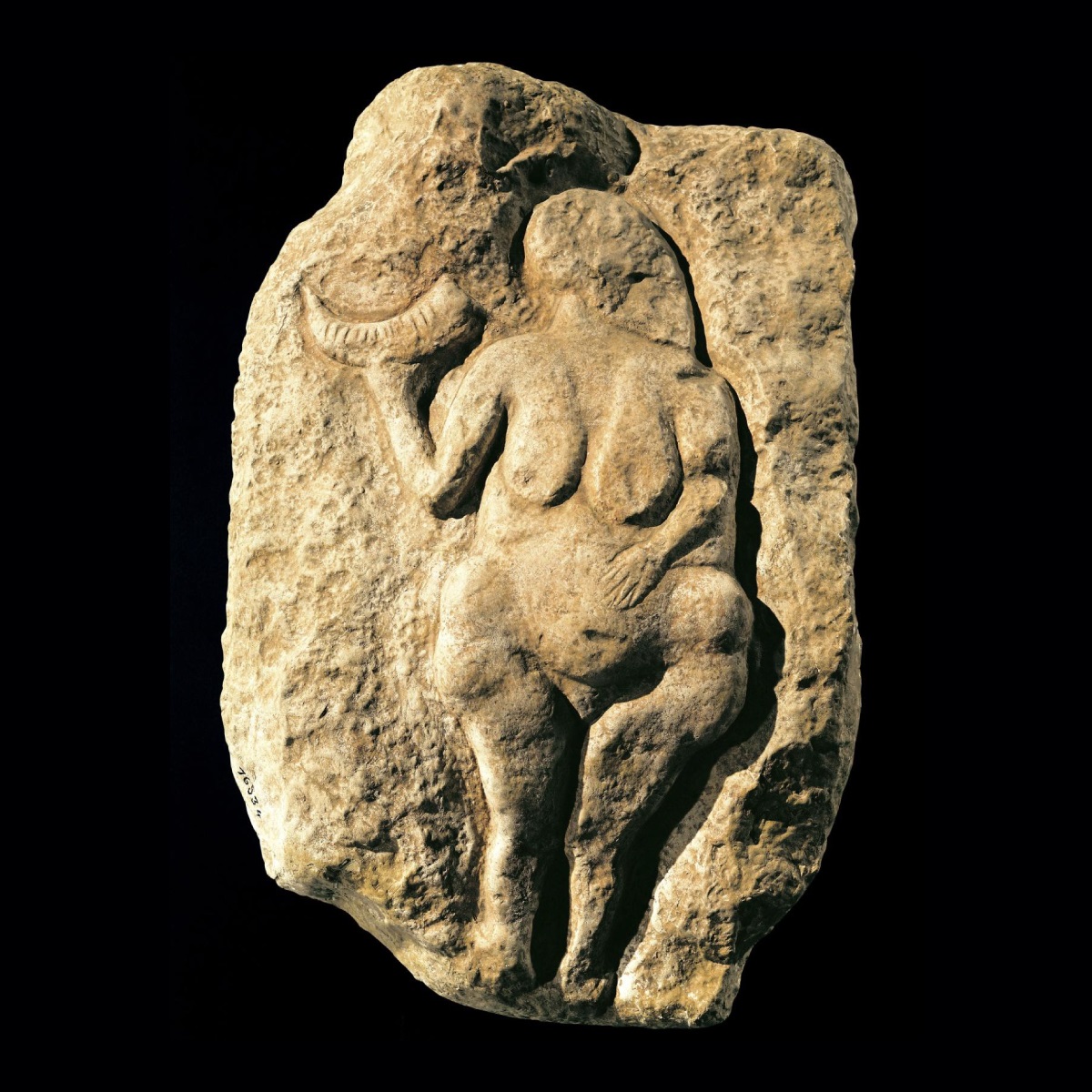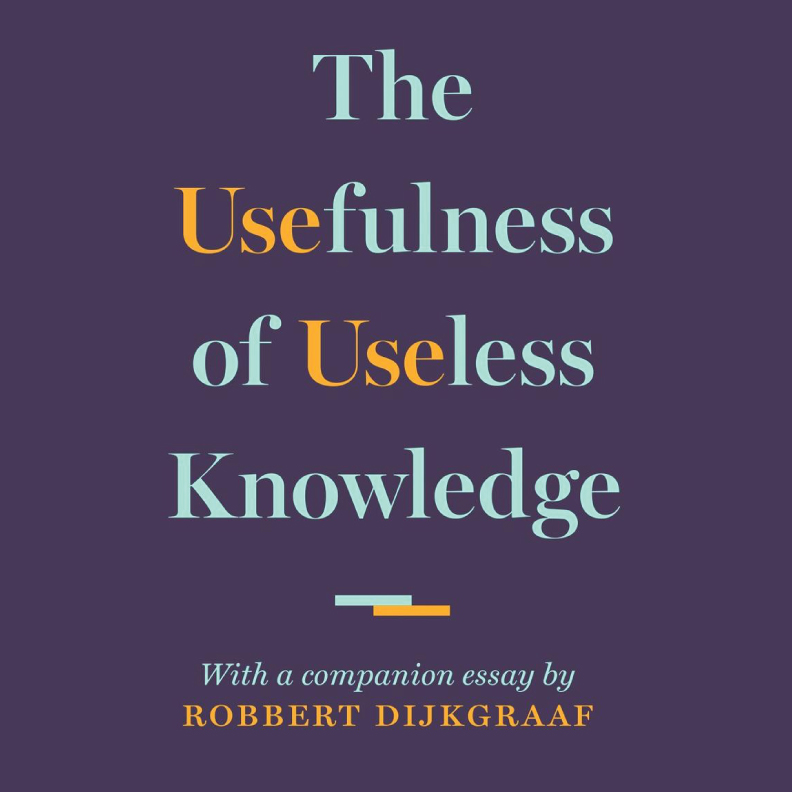
Watch the event here!
On Monday, June 12, 2017 join the Bulletin of the Atomic Scientists, the Chicago Council on Science and Technology, and the Illinois Science Council as we host Lawrence Krauss at the Pritzker Military Museum & Library in Chicago. He will discuss his newest book, The Greatest Story Ever Told — So Far. In his book, Krauss turns to key scientific discoveries to shed light on our fundamental understanding of space, time, and Origins.
Continue reading “Lawrence Krauss: The Greatest Story Ever Told—So Far”

What happens when improv comedians try to tackle the world of science?
Come find out at The Comedy Clubhouse on Monday April 24, when three teams of comedians will take a single scientifically-themed suggestion from the audience and improvise three completely different comedic performances. You’ve never seen a science presentation like this before! If you enjoy learning about science, or if you are a scientist wanting to learn how to connect more personally and spontaneously with an audience, this is a can’t-miss show!
Continue reading “Nothing Academic: A Night of Science-Themed Improv”

Celebrate the Earth Day Weekend with us at the Brookfield Zoo’s Party for the Planet!
“Every day is Earth Day at Brookfield Zoo, but on this very special day we will be showcasing some of the steps you can commit to that will truly make a difference for animals across the globe! Continue reading “Party for the Planet”

The arts provide a key avenue of insight into ancient human behavior and symbolic evolution. In this lecture we will review some of the evidence and analysis of how our ancestors of the later Ice Age used the material and visual world to create meanings, to develop and solidify social relationships, and to become “effective world settlers.” Continue reading “Making Things Meaningful in the Ice Age”

The Chicago Council on Science and Technology and the Institute for Advanced Study Present “The Usefulness of Useless Knowledge”
Robbert Dijkgraaf, Institute for Advanced Study Director and Leon Levy Professor, will discuss the re-publication of “The Usefulness of Useless Knowledge” (Princeton University Press), which features IAS Founding Director Abraham Flexner’s classic essay of the same title, first published in Harper’s magazine in 1939. Continue reading “The Usefulness of Useless Knowledge”





